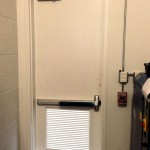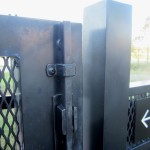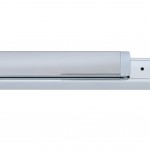WW: Overlapping Astragal
Last week on The Building Code Forum, one of the members mentioned that their local police department recommended the installation of overlapping astragals on the exterior pairs at their schools. This left me WORDLESS! It definitely feels like 2 steps forward - 1 step back some days.

















































